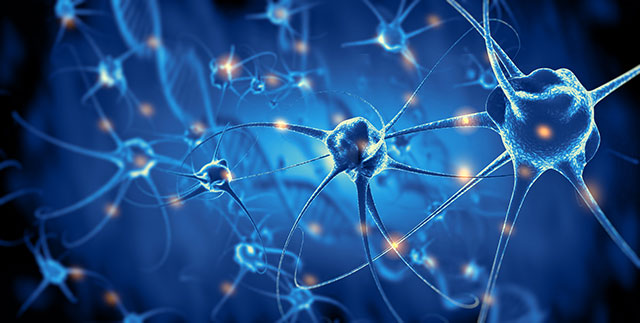Exercise found to help protect smokers from the inflammation and muscle damage caused by their habit
12/17/2018 / By Michelle Simmons

A new study finds that regular exercise may prevent inflammation and muscle damage in people who smoke by reversing muscle loss.
A team of researchers from Germany wanted to find out the effects of therapeutic exercise on inflammation and muscle loss due to cigarette smoking, so they carried out an experiment on three groups of mice. Two groups of mice were exposed to cigarette smoke for eight months, with one group receiving exercise training for the last two months, while the other did not. The remaining group was the control group that did not receive any treatment at all. With this, the researchers examined the markers of inflammation in the blood and muscle fibers.
It is known that smoking can cause a lot of physiological changes as well as local damage to the lungs. The researchers explained that inflammation which originates in the respiratory system can “spill over” into the circulatory system to induce harm to other organs. In addition, inflammation can react in a negative way with the protein pathways in the body. This leads to more muscle being broken down faster than normal. This in turn results to muscle loss, also known as muscle wasting or atrophy, which causes weakness.
The team discovered that the markers of inflammation increased in the blood and muscle samples of the smoke-exposed group without exercise, while there was an improvement in the smoke-exposed exercise group after the researcher conducted the treadmill tests. Moreover, a lower muscle weight was observed in both smoke-exposed groups in comparison with the control group and they displayed a decrease in fiber area in the muscles before exercise was given. The findings of the study indicate that exercise reversed some of the damage in the smoke-exposed group.
“Regular endurance exercise training seems to protect long-term smokers against some important negative local and systemic consequences of smoking,” the researchers wrote.
The study was published in the American Journal of Physiology – Regulatory, Integrative and Comparative Physiology.
Exercise can help stop the habit of smoking
According to an article by The Telegraph, there are physical symptoms of withdrawal from smoking, such as sore throat, sweats, fatigue, dizziness, and an increase in appetite, and psychological symptoms, such as anger and mood swings, loss of concentration, and boredom. Despite these, the positive physical changes after withdrawal, such as increased blood circulation, improved immune system, healthier lungs, and slowing of the unnecessarily rapid aging process, outweigh these effects. Exercise can help people who are trying to quit smoking overcome these withdrawal symptoms.
One benefit of exercise is that it can reduce the level of hunger experienced as a withdrawal side effect. Research shows that exercise lessens the production of ghrelin, a hormone that increases appetite, while it enhances the production of the hormone that suppresses appetite called peptide YY.
Exercise can also limit weight gain. Smoking is believed to help people avoid gaining weight, and when they stop smoking, they focus on eating. Therefore, exercise helps prevent any increased food intake by burning extra calories. Physical activity can also help in stress management. Many people smoke as a way to relieve social anxiety and stress; however smoking is actually putting the body under a lot of undue stress. Exercise can act an alternative to both. Moderately intense exercise enhance the release of endorphins and hormones linked with decreased cortisol and anxiety.
Head over to StopSmoking.news for more tips on how to finally quit puffing those cancer sticks for good.
Sources include:
Submit a correction >>
Tagged Under:
cancer sticks, cigarettes, exercise, fitness, inflammation, muscle loss, slender, smoking, stop smoking
This article may contain statements that reflect the opinion of the author
RECENT NEWS & ARTICLES
StopSmoking.News is a fact-based public education website published by Stop Smoking News Features, LLC.
All content copyright © 2018 by Stop Smoking News Features, LLC.
Contact Us with Tips or Corrections
All trademarks, registered trademarks and servicemarks mentioned on this site are the property of their respective owners.





















